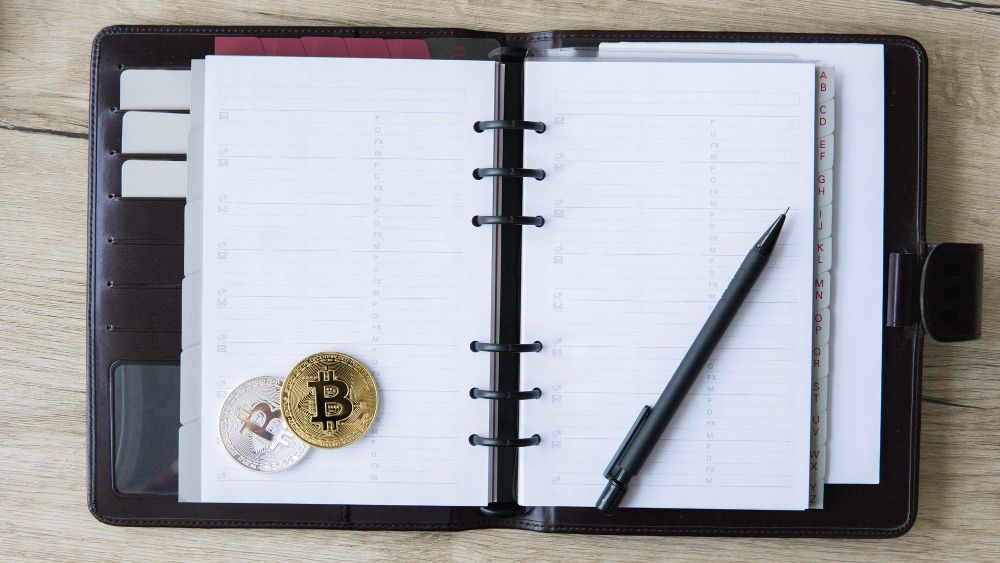Sending Crypto on an Exchange: Can I Leave the Memo Column Empty?
Indeed, not all cryptocurrencies use a memo to process transactions; however, it plays a crucial role in those that do, as it can significantly impact the success of your cryptocurrency transactions.

When sending cryptocurrencies between wallets or on exchanges, there's a vital component called the "Memo Column." The memo column serves as additional information attached to a transaction, allowing users to include notes or identifiers along with their transfers.
Indeed, not all cryptocurrencies use a memo to process transactions; however, it plays a crucial role in those that do, as it can significantly impact the success of your cryptocurrency transactions. Neglecting it, especially when required, can lead to complications, lost funds, or privacy concerns.
What is a Memo Column?
The memo column, a memo field or memo tag, is critical to many cryptocurrency transactions. It is an optional or mandatory additional information attached to a transaction. Essentially, it functions as a message or a label that provides context to the transaction. It is similar to transaction descriptions in your traditional bank transactions. While not all cryptocurrencies use memo fields, they are commonly found in blockchain networks that support multiple users or entities transacting with a single address. Some well-known cryptocurrencies that typically use memo fields include XLM, XRP, and BNB.
These cryptocurrencies use multiple addresses for multiple users. In cases where you need to transfer one of these cryptocurrencies to one of these users, it is a memo that distinguishes the exact person to receive the assets. Additionally, many wallets and exchanges offer custodial wallet options to their users, and it usually takes more work for them to manage the addresses of thousands of people who use their wallets. To manage this problem, wallets may assign one address to multiple users. In this case, filling your memo column is what ensures that it is the intended recipient that ends up with the assets.
Why is It Necessary To Fill The Memo Column?
Many cryptocurrency wallets, such as Cwallet, require users to provide a memo when depositing funds in tokens that require a memo. This memo helps the wallet correctly identify your transaction and credit it to your account.
Failing to include the required memo can result in delays, loss of funds, or misallocating your cryptocurrency. Therefore, understanding when and how to use the memo field is essential for smooth and secure cryptocurrency transactions.
Can I Leave The Memo Column Empty?
When sending cryptocurrency on an exchange or wallet, one common question is whether leaving the memo field empty is permissible. The answer to this question depends on several factors, including the specific cryptocurrency you're dealing with and your wallet service provider.
In many cases, especially with cryptocurrencies like Bitcoin (BTC) and Ethereum (ETH), leaving the memo field empty is acceptable. These cryptocurrencies primarily rely on the recipient's wallet address for transaction processing.
However, there are exceptions, where certain service providers will require a memo. Usually, the exchange or wallet you use will require you to fill in the memo column. When you don't, you will be caught up in a hoax of either losing your funds or going through the trouble of trying to resolve the matter with your wallet provider.
While it might be possible to send crypto without filling in the memo field, it's crucial to understand its potential consequences. The primary consequence is the risk of your transaction not being properly credited or identified by the recipient or exchange.
Here are some potential consequences of leaving the memo field empty:
- Loss of Funds: If you're sending crypto to an exchange or wallet that requires a memo for identification, your funds may get lost or credited to the wrong account. In such cases, recovering the funds can be complex and time-consuming
- Processing Delays: Some exchanges or wallets may process transactions without memos, which could delay crediting your account. It may take longer for the receiving party to verify and allocate the funds correctly.
- Transaction Rejection: Certain exchanges and wallets have strict policies regarding memos. Leaving it empty might lead to the rejection of your transaction.
How To Send and Receive Crypto Assets With Memos on Cwallet
You may effortlessly conduct your transactions without worrying about lost assets in transit once the recipient has provided you with their wallet address and memo.
Log in to your wallet account and navigate to the wallet space to view a list of your crypto holdings.
Search for the cryptocurrency you want to send from there or scroll down. After selecting the cryptocurrency to send, you can finish the transaction by entering the wallet address and the memo tag. When sending crypto to a noncustodial wallet, always keep the memo/destination tag blank because the noncustodial wallet is only handled by one individual.
Suppose someone wishes to transfer you some crypto assets on the cryptocurrencies requiring a memo tag as indicated above. In that case, you must include your memo tag and wallet address.
End Note
The importance of the memo field in cryptocurrency transactions varies based on the cryptocurrency and exchange or wallet you're using. While some transactions can be completed without a memo, it's crucial to understand the specific requirements to avoid potential issues like lost funds or delays. Always exercise caution and double-check the necessary information to ensure a smooth crypto transaction process.
Cwallet guarantees you safe and swift delivery of your payments AT NO COST. As long as you fill necessary information, we play our part in ensuring that your funds are safely and promptly delivered!